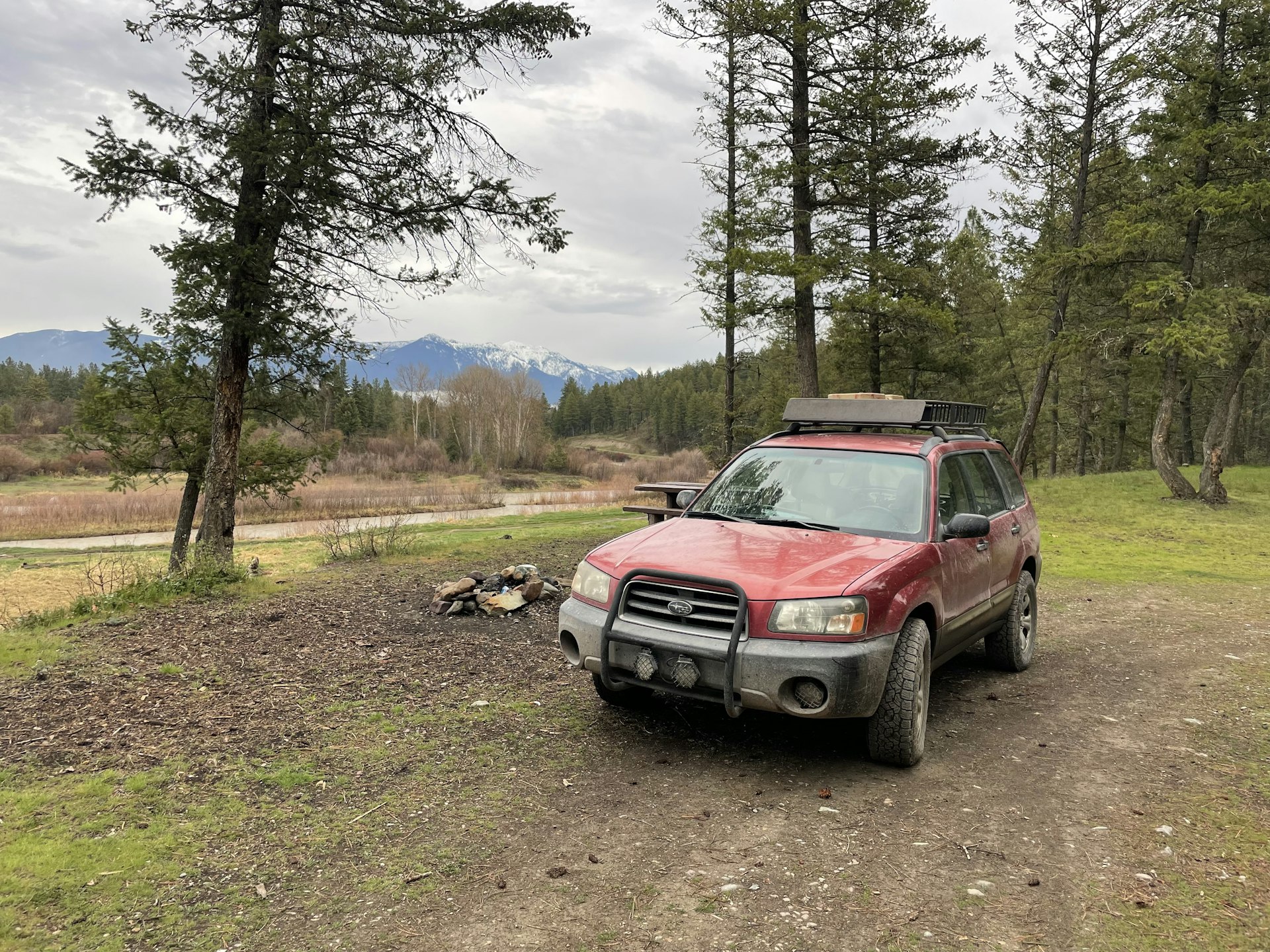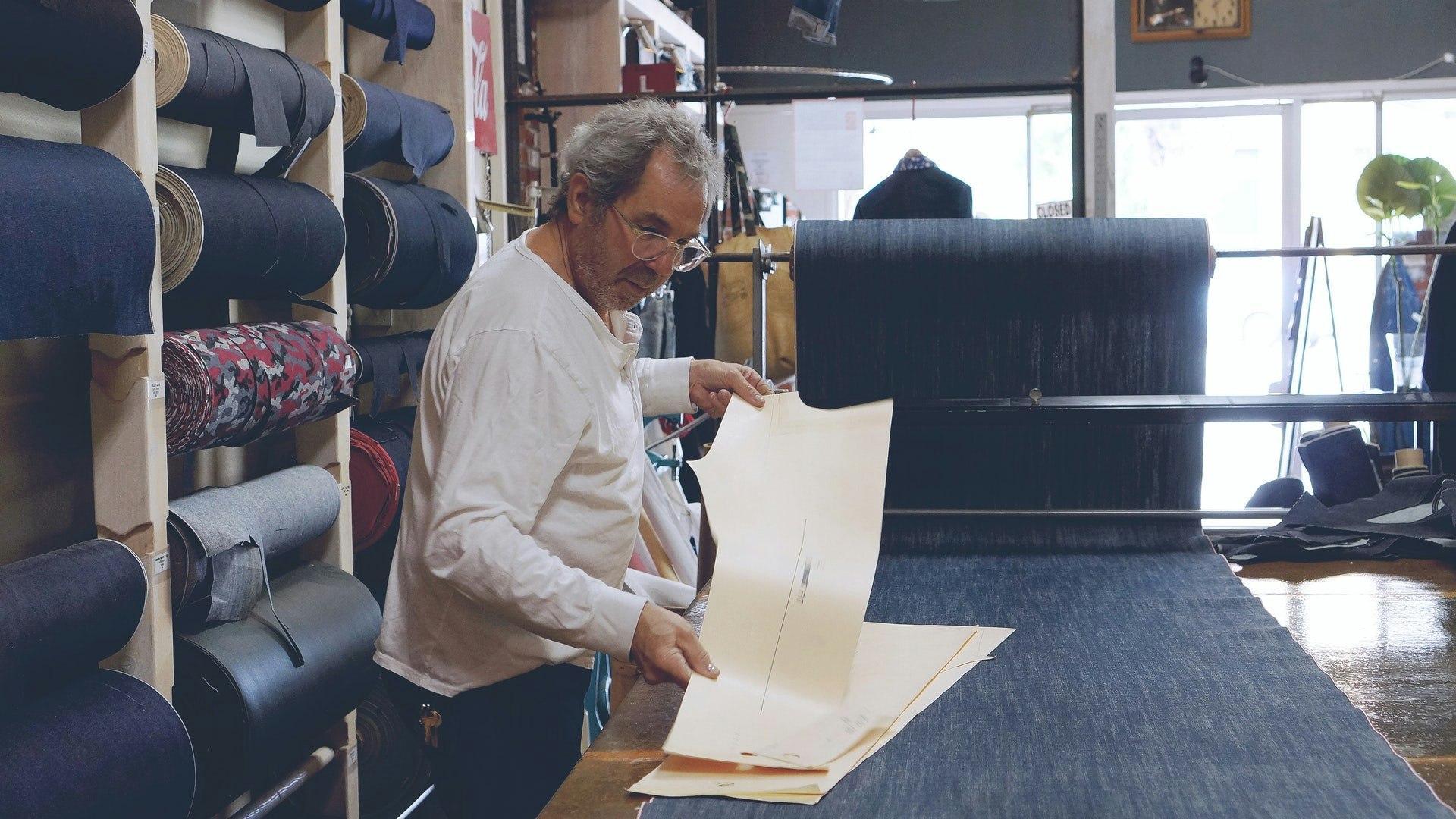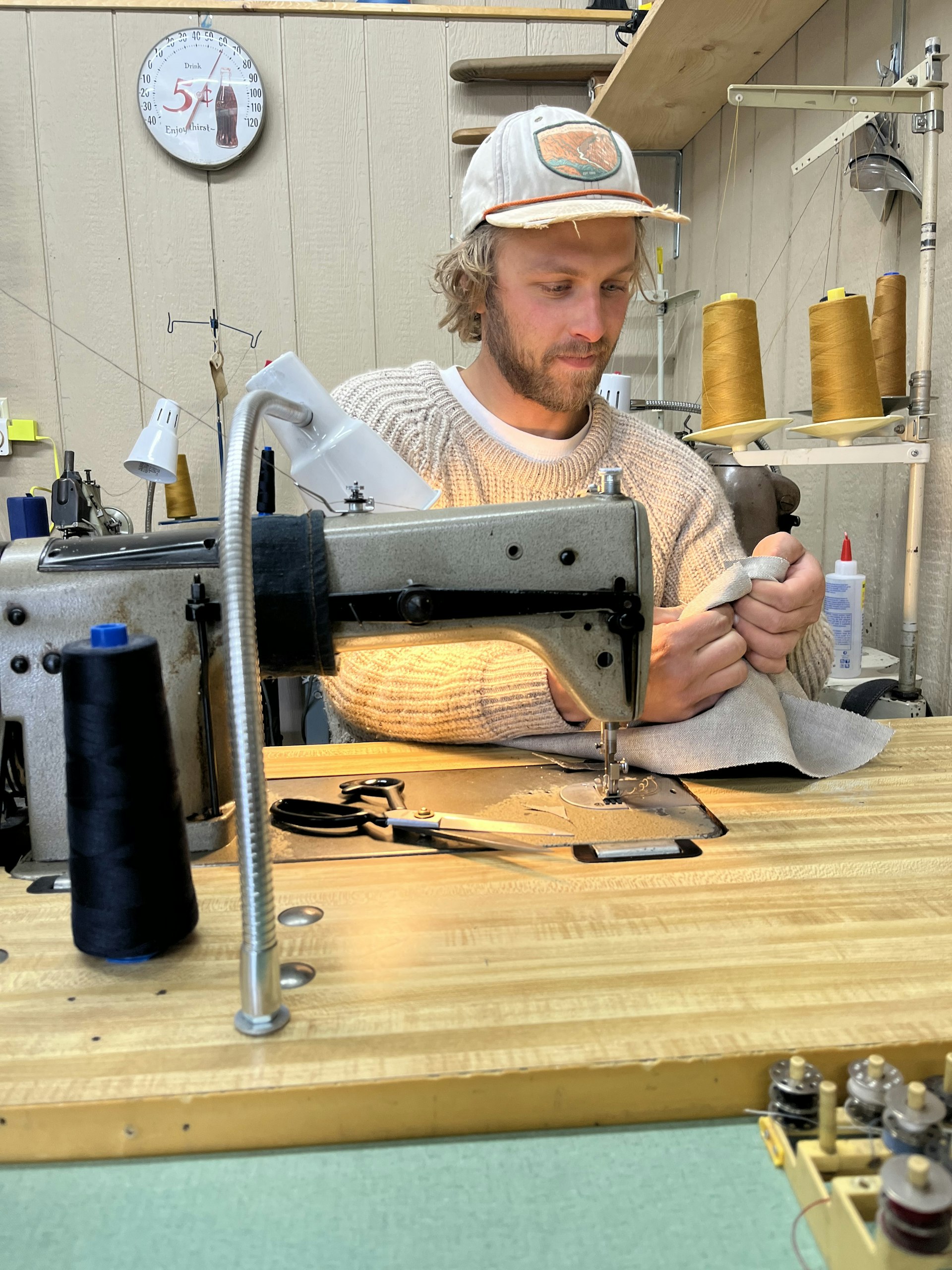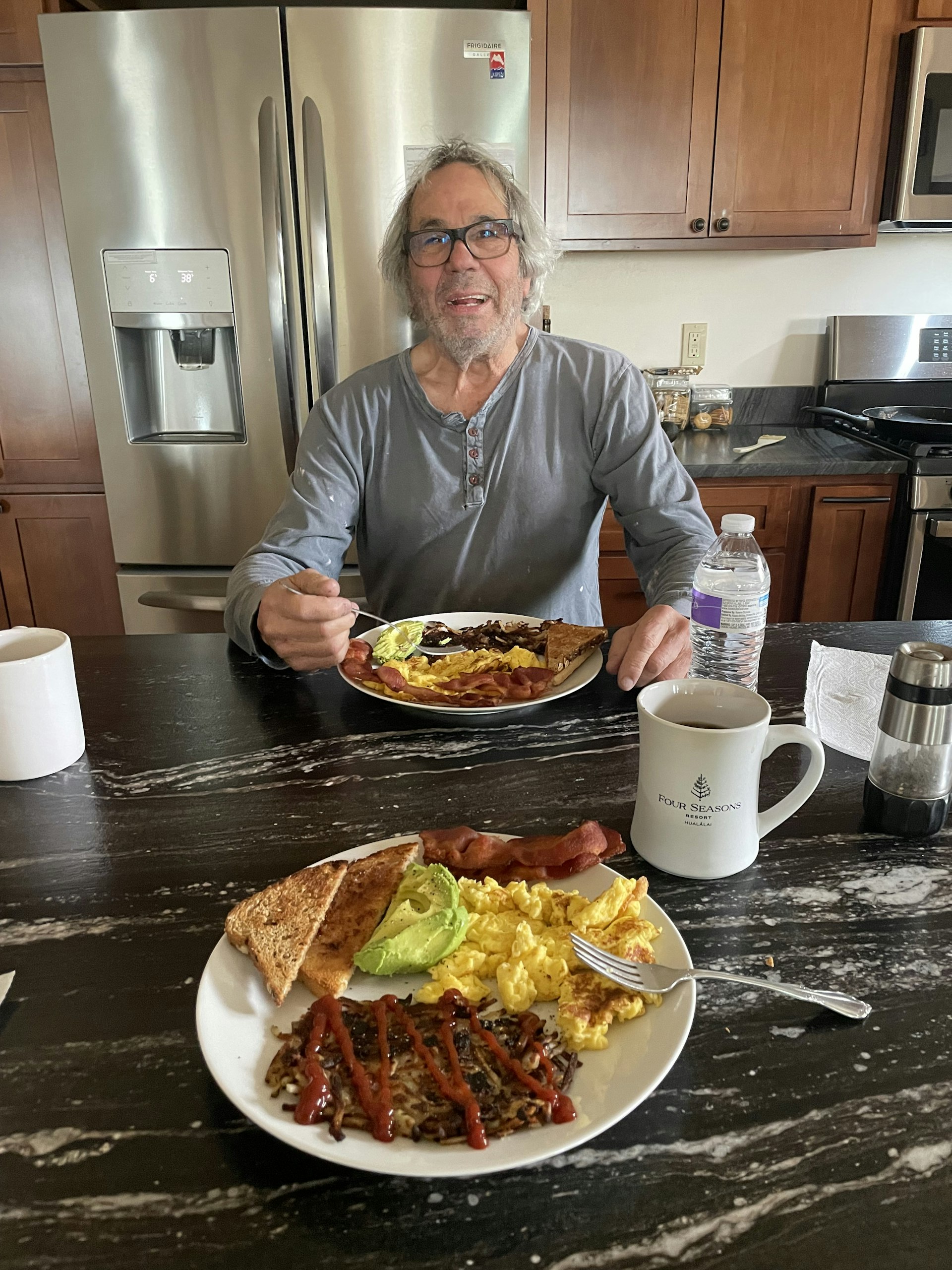June 10, 2022
My Favorite Shirt
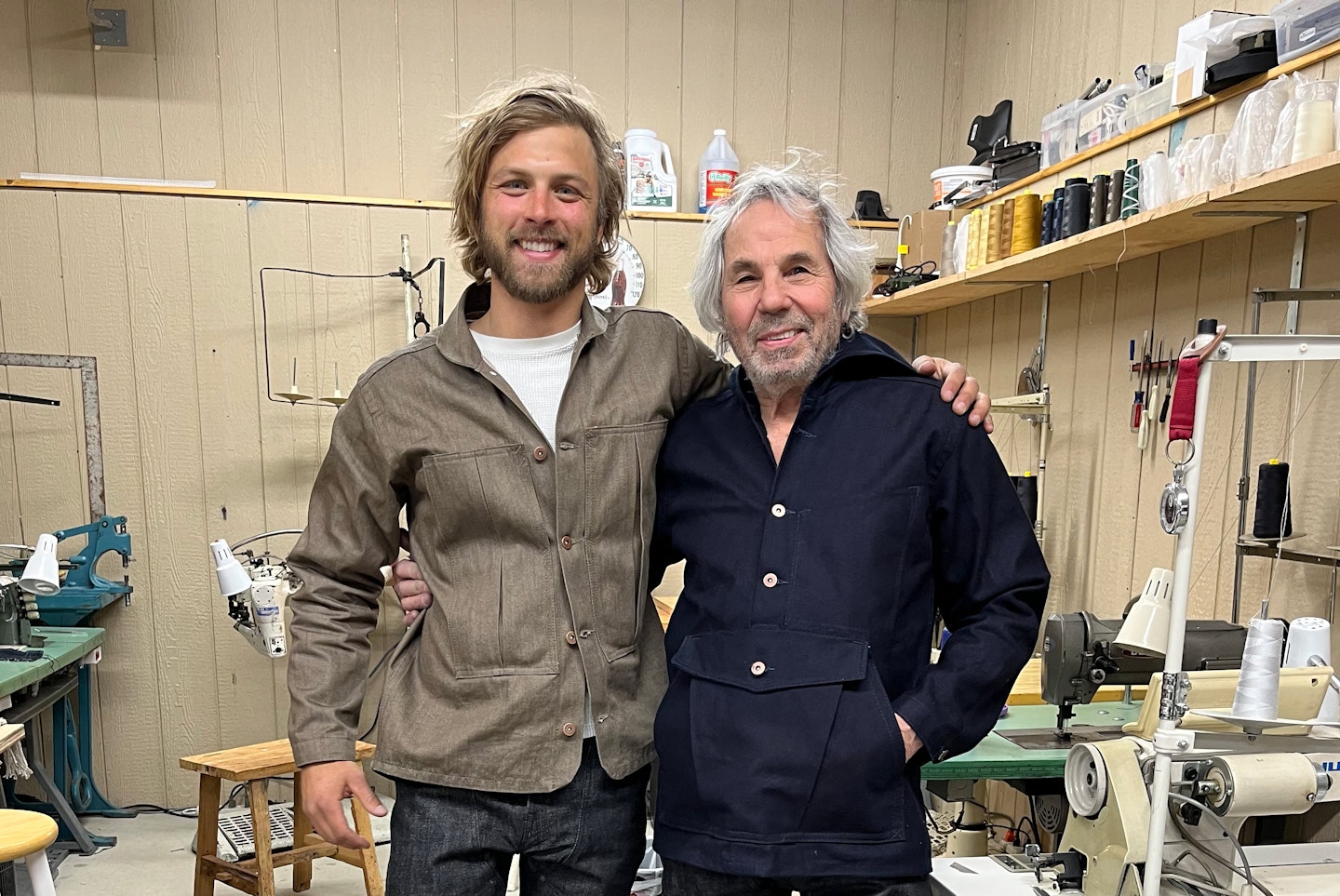
Soggy snowflakes pattered my windshield as I let out the clutch on a Montana backroad. I was on my way to learn how to make a denim shirt in Rexford, just seven miles south of the Canadian border.
My Subaru bumped over the ruts and I blasted the defroster, a rogue empty beer can from last night’s campfire percussing in the back. It was the middle of May, a perfect time for nature to do whatever the hell she wanted, and she was showing her power. The wet flakes were beginning to bend the evergreen branches and accumulate on the forest floor around me after a temperate, dry evening in the Kootenai National Forest. I was grateful for my little secure environment of glass and steel. My cabin warmed quickly and made me think of how luxurious even the simplest car can be; I have always dreamed of time traveling with Leonardo Da Vinci and giving him a tour of the countryside in a modern, sleek Geo Metro. “Look Leo, mechanically retractable windows! Interior climate control! A combustible propulsion system!”
Man has become adept at creating comfortable environments for himself, whether that environment is an extravagant living room, a cozy bonfire, a warm car on a cold morning, or more immediately, the shirt on his back. It might be thin enough to let the summer breeze through, or thick enough to protect him from the abrasive sticks and thorns of the creek bank. I caught no trout at my campsite yesterday evening, but I admit that goal was secondary to sleep after a long day measuring, tweaking, and recreating my favorite shirt. It was time to head back to the Rufcut sewing studio for another involved day of sewing with Robert Rifkin, and I was en route to discover far more than how to properly fell a seam.
We all have a favorite shirt. It changes with time; a rotating titleholder based on an intersection of comfort, fit, and performance. It’s that white tee that washes more softly with every cycle until it's threadbare. It’s that button up that people compliment you on when you wear it out. It’s that thrift store score that makes you feel rich. For me, it’s the shirt I can wear in the shop, brush off the shavings, and hit the town in. It’s the kind of garment that can take a beating and still look good. I wanted to build my next favorite shirt, and I found a way to do just that by signing up for Robert’s workshop: The Art of Denim. (I make a lot of my own clothing already, but Robert also helps beginners learn how to sew and make their own denim clothing.)
My model shirt was an old Grease Point Workwear orchard shirt. Handmade by Amos Culbertson out of fine Italian denim, it featured some clever design elements I wanted to emulate in my new build: inner-sewn elbow pads, a rounded collar, and a wider, more generous fit with a shorter hem that worked best untucked and could accommodate layers beneath it. Robert encouraged me to carefully measure the shirt to determine its “DNA,” the term Robert uses for a garment’s critical measurements.
Armpit to armpit, collar to bottom hem, shoulder width, sleeve length. Even the wrist cuff had a perfectly sized opening that didn’t feel baggy or too tight. I have worn this shirt more than any other shirt in my entire life, and I wanted to try and replicate all of my favorite things about it. I did my best to note the shirt’s DNA, adjust it ever so slightly, and then went to work cutting and sewing my updated version out of some midweight Japanese selvedge twill. With Robert’s guidance, it came together beautifully.
Good design is timeless. The Porsche 911 has been building on itself since 1963, and it shows. The modern version is bigger, wider, and way faster, but the aesthetics, feel, and quality is totally traceable; a rare thing in a world of “ALL NEW,” “TOTALLY REDESIGNED,” fast-fashion, dispensable obsolescence. Similarly, I am attracted to clothing design that has stood the test of time. I am inspired by turn-of-the-century tradesman, military, and antiquated garment details.
I can’t say spending 9 days learning to make denim clothing is an equitable route to constructing a wardrobe, but the skills that Robert taught me, the conversation over coffee, and the crackling campfires in the evening made my Vacation with an Artist worth far more than its cost. I felt as though I had constructed a totally original experience doing things that aren’t original at all: working, learning, playing, and getting to know someone.
But it is in these moments that any individual makes the strongest connections, forms friendships, stares into the fire after a long day of work, and entrances himself in a moment of lucid self-discovery. For it is a powerful accomplishment to feel at home in a new place, whether it is a clearing in the woods, a garage full of sewing machines, or simply draped in clothes you made yourself.
“Direct your eye right inward, and you'll find
A thousand regions in your mind
Yet undiscovered. Travel them, and be
Expert in home–cosmography.” -HD Thoreau
Written by Hayden Kessel
Vacation with Robert in Montana, USA
For more stories and new artist updates, subscribe here.
